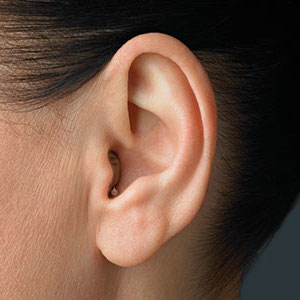Hearing Aid Overview
Today’s hearing aids are much smaller and technologically more sophisticated than they have ever been, and offer advanced solutions to people with hearing loss.
Hearing aids are made up of a microphone, a processing chip and an amplifier. The microphone captures the audio, the chip helps isolate and enhance the sound, and the speaker transmits sound to the ear. Each style of hearing aid includes these elements in some form or another.
There are a wide range of innovations and features available in each type of hearing aid. Generally speaking, the price of hearing aids depends on the features the device has and not specifically on the style chosen.
Things to consider when buying hearing aids:
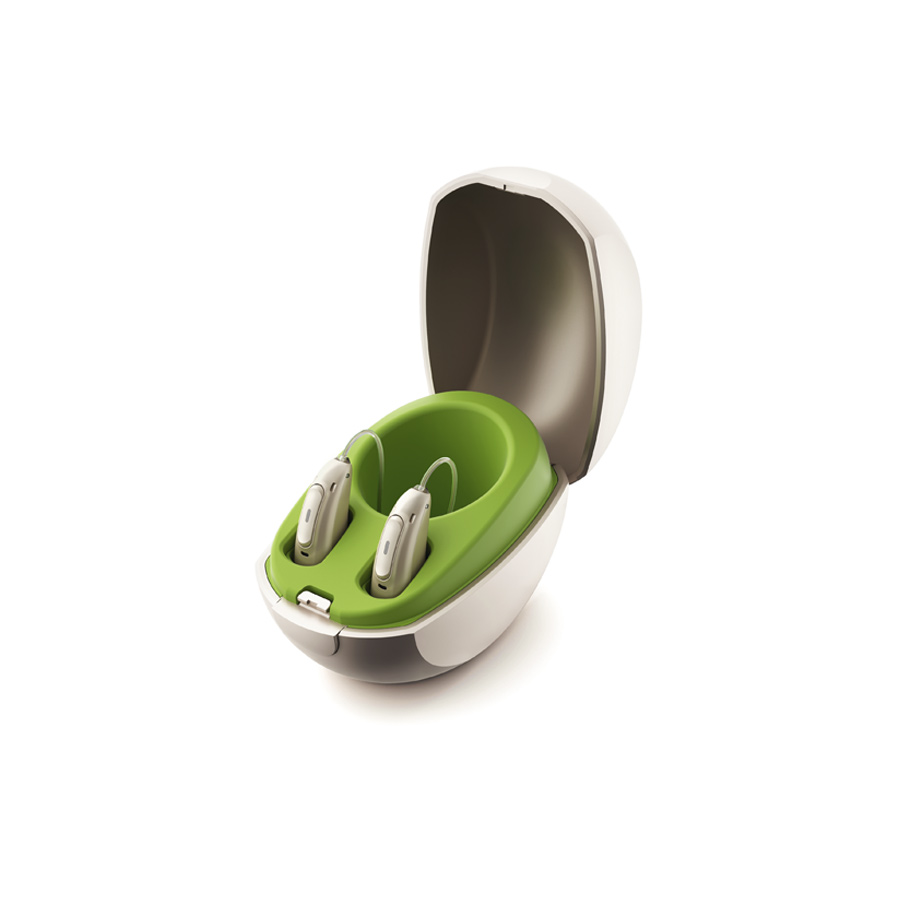
The bulk of hearing aids today are digital hearing aids. An upgrade from the analog hearing devices of the past, digital hearing aids transform sound waves into digital signals and produce accurate sound replication. Digital hearing aids enable for more sophisticated sound processing during the amplification process, helping to improve performance in specific environments. They also have greater flexibility in the design of hearing aids so that the sound produced can be adjusted to the needs of a specific variant of hearing loss.
Styles of Hearing Aids
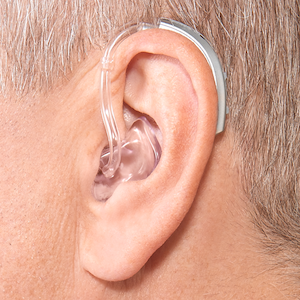
Behind-The-Ear (BTE)
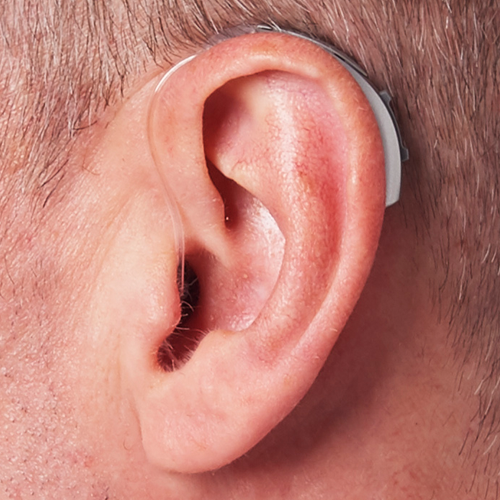
Receiver-In-Canal (RIC)
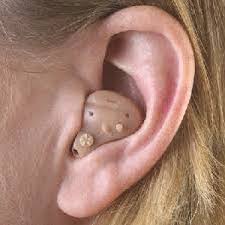
In-The-Ear (ITE)
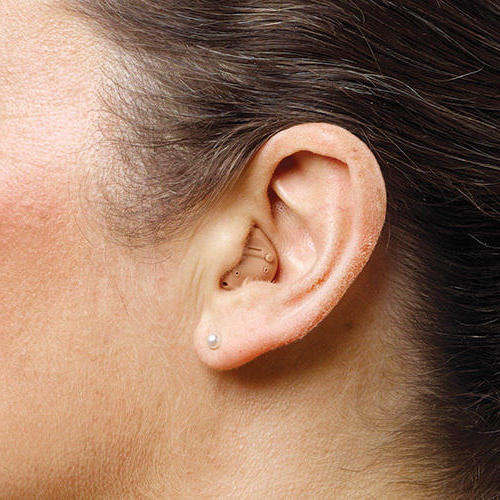
In-The-Canal (ITC)
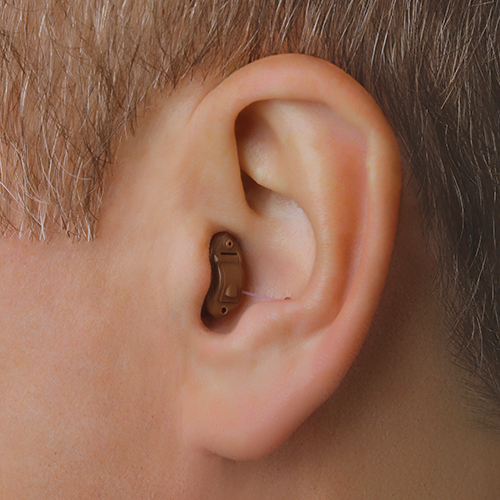
Completely-In-Canal (CIC)
